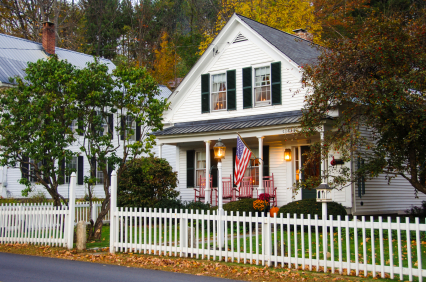AARP Hearing Center

How livable is your city, town or neighborhood? Will it continue to have everything you need to live comfortably and remain independent as you age? AARP’s Public Policy Institute set out to help individuals answer those questions when they developed the new AARP Livability Index. The online tool is a first of its kind resource that allows individuals to determine how well their communities are meeting their current and future needs. Anyone can use the tool, including residents, policy makers and the private sector, to measure how their location – down to the neighborhood level – rates across a wide range of metrics that reflect user friendliness, and customize their search based on their own priorities.
“Whether you’re a city planner or a person who wants to improve your life, it’s important to know what you have, what you’ll need, and then plan accordingly,” said Dr. Debra Whitman, AARP Chief Public Policy Officer. “Every community has areas where it can improve and the Livability Index provides the tools and resources to help people meet their needs and wants.”
AARP defines a livable community as one that has affordable and appropriate housing, supportive community features and services, and adequate mobility options, which together facilitate personal independence and the engagement of residents in civic and social life. It’s a place where people can get to where they want to go, living comfortably and in good health, and are able to remain active and engaged. Importantly, the elements that make a community livable are useful for people of all ages, not just Americans 50-plus.
The AARP Livability Index was designed by dozens of experts at the AARP Public Policy Institute and elsewhere to provide the best basis for comparing localities across the nation.
The Index measures 60 factors spread across seven categories: housing, neighborhood, transportation, environment, health, engagement and opportunity. They were chosen based on a national survey of 4,500 Americans 50-plus who were asked about what aspects of their communities were most important to them. For example, the “Transportation” category includes metrics on the frequency of local transit service, traffic congestion and crashes, and household transportation costs.
Users can also incorporate their own preferences by changing the weights of how different components are scored. Taken together, the AARP Livability Index, which uses more than 50 national sources of data, provides the clearest picture yet of how well a community meets the current and future needs of people of all ages.
According to AARP research, nearly eight-in-ten Americans 50-plus want to stay in their current homes and communities as they age; U.S. Census figures show that the overwhelming majority of them choose to do so.
“Having your doctor, a grocery store, or favorite restaurant a half-mile away doesn’t mean much if you can’t get there,” added Whitman. “We all have a role to play in developing the public, private and personal solutions needed to keep our communities as vibrant as the people who live there.”
According to AARP State Director, Nora Duncan, "The AARP Livability Index can be a powerful tool for local officials and others in adapting their cities so that residents of all ages can stay healthy and active."
AARP Connecticut is working to educate policy makers and the public about livable communities. We're collaborating with the state's Legislative Commission on Aging on the Connecticut for Livable Communities initiative, and working with local municipalities to share best practices and resources from across the state and the country. In addition, AARP has trained volunteers in Connecticut who can give presentations to community organizations and groups. For more information or to request a presentation, please contact Erica Michalowski at ctaarp@aarp.org or call 1-866-295-7279. See also: On the Road to Livability.
For more information about the Index and AARP's Livable Communities efforts, please visit www.aarp.org/livablecommunities.































































